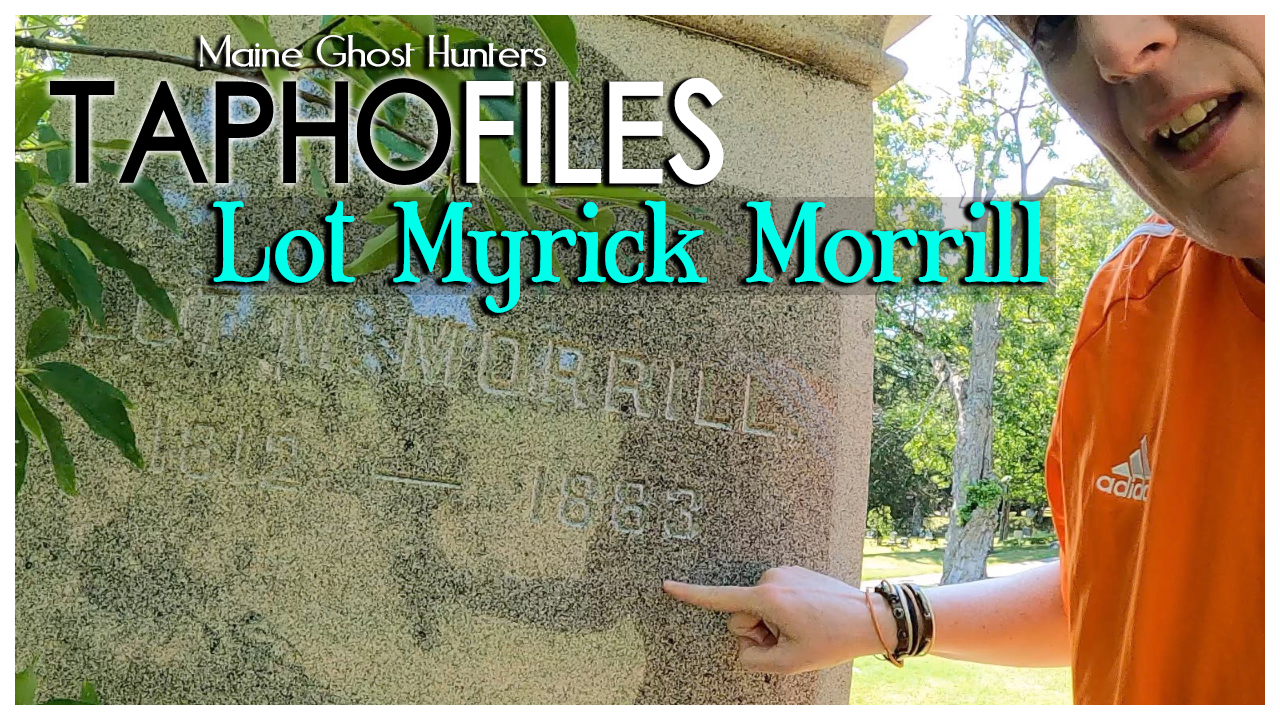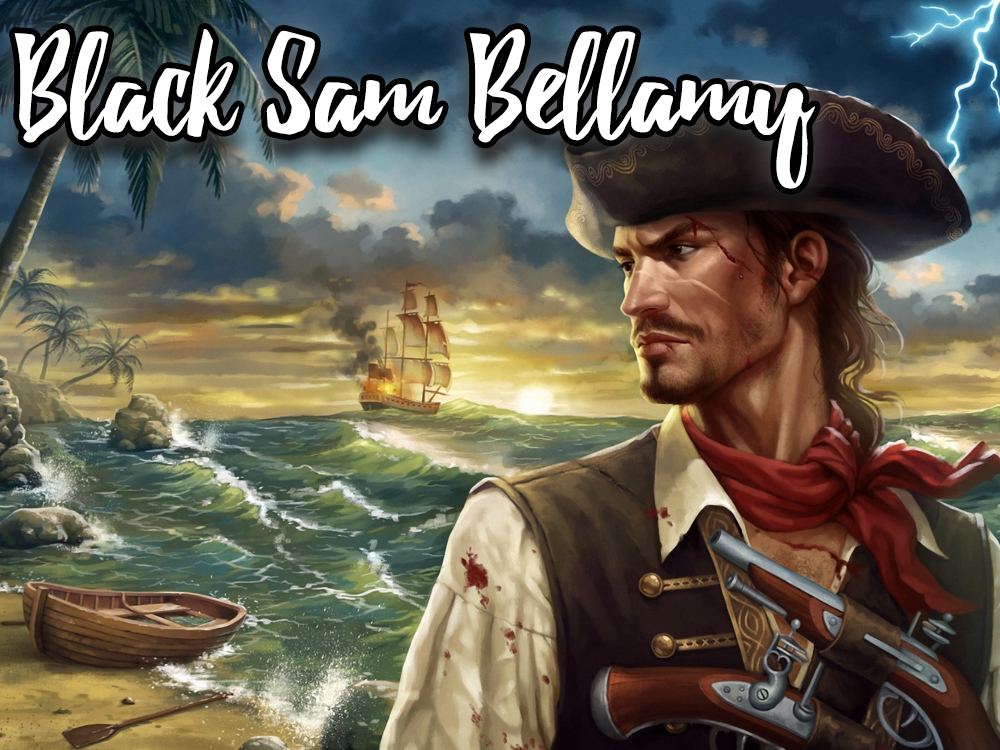gold

[1897] Shiloh: The Cult in Durham
What is Shiloh Temple? Shiloh Temple was built in 1897, and was considered the largest bible school in the world at the height of its existence. It’s 4 stories high…

Lot Myrick Morrill
Lot Myrick Morrill: A Beacon of Leadership in Maine Lot Myrick Morrill, the 28th Governor of Maine, was a figure of steadfast leadership and unwavering moral character. Born on May…

Sam Bellamy’s Lost Pirate Paradise
Lost and Buried treasure in Maine? Some say it’s more than just legend so we’re digging into our home state’s history to find out. When someone brings up the topic…